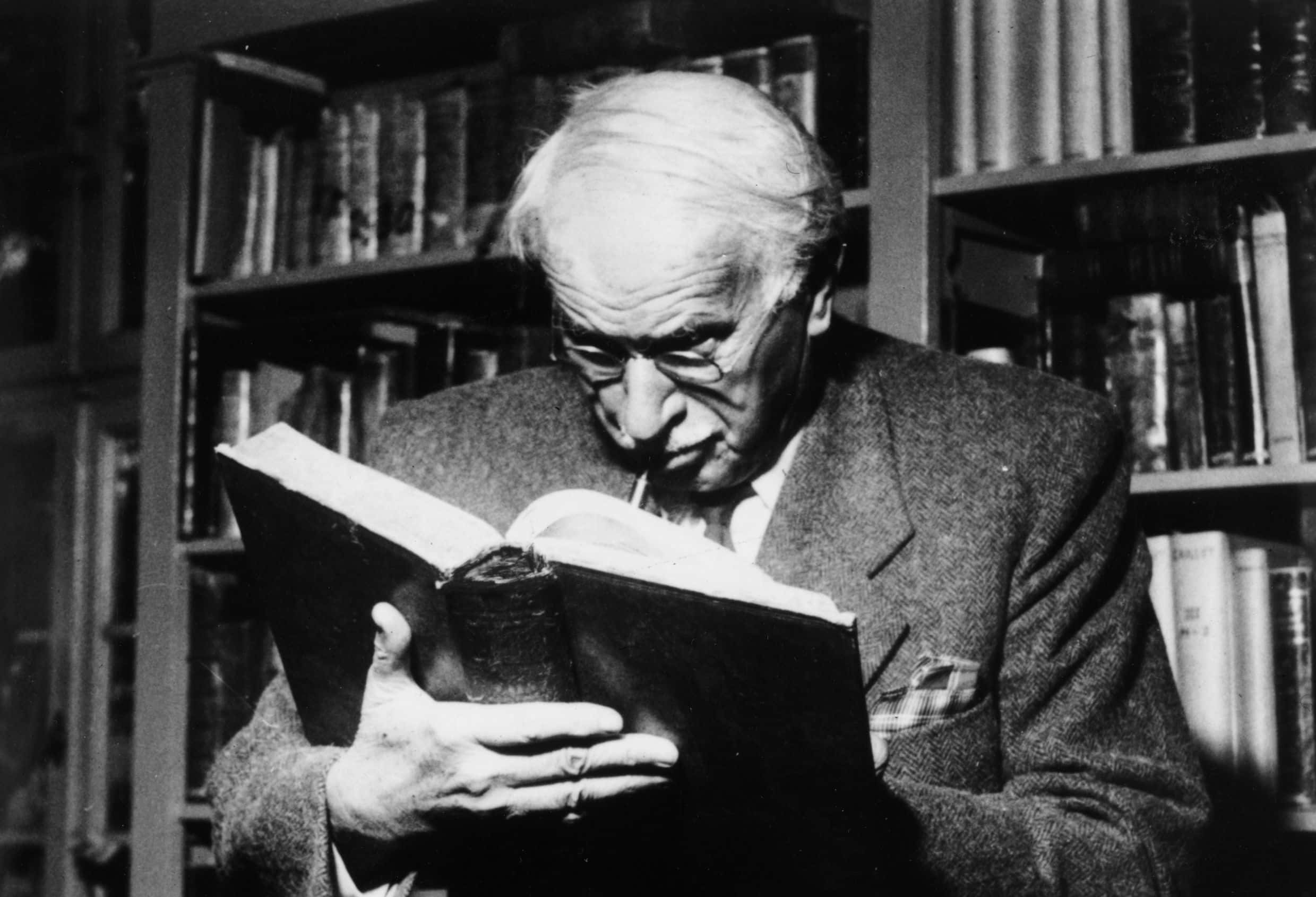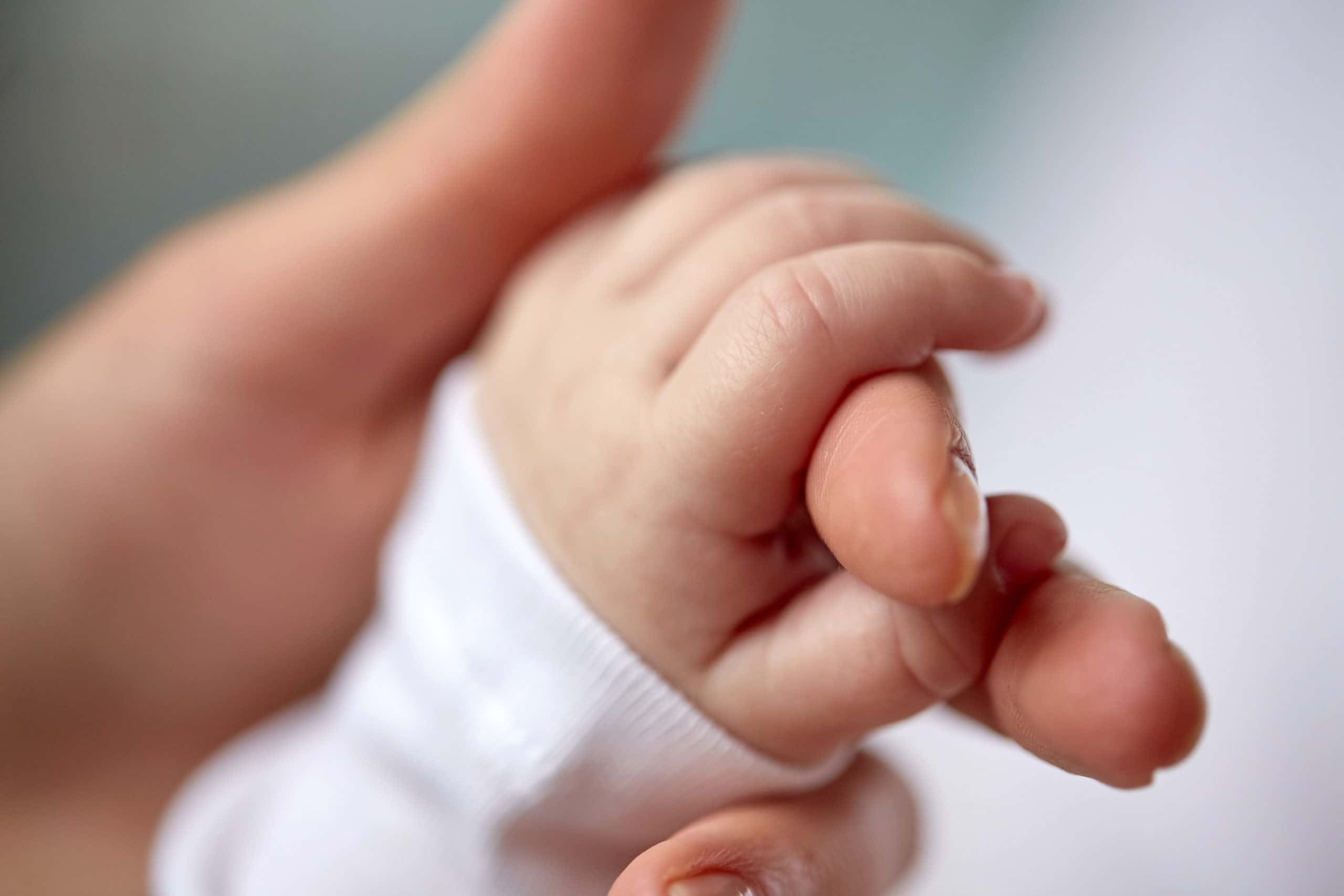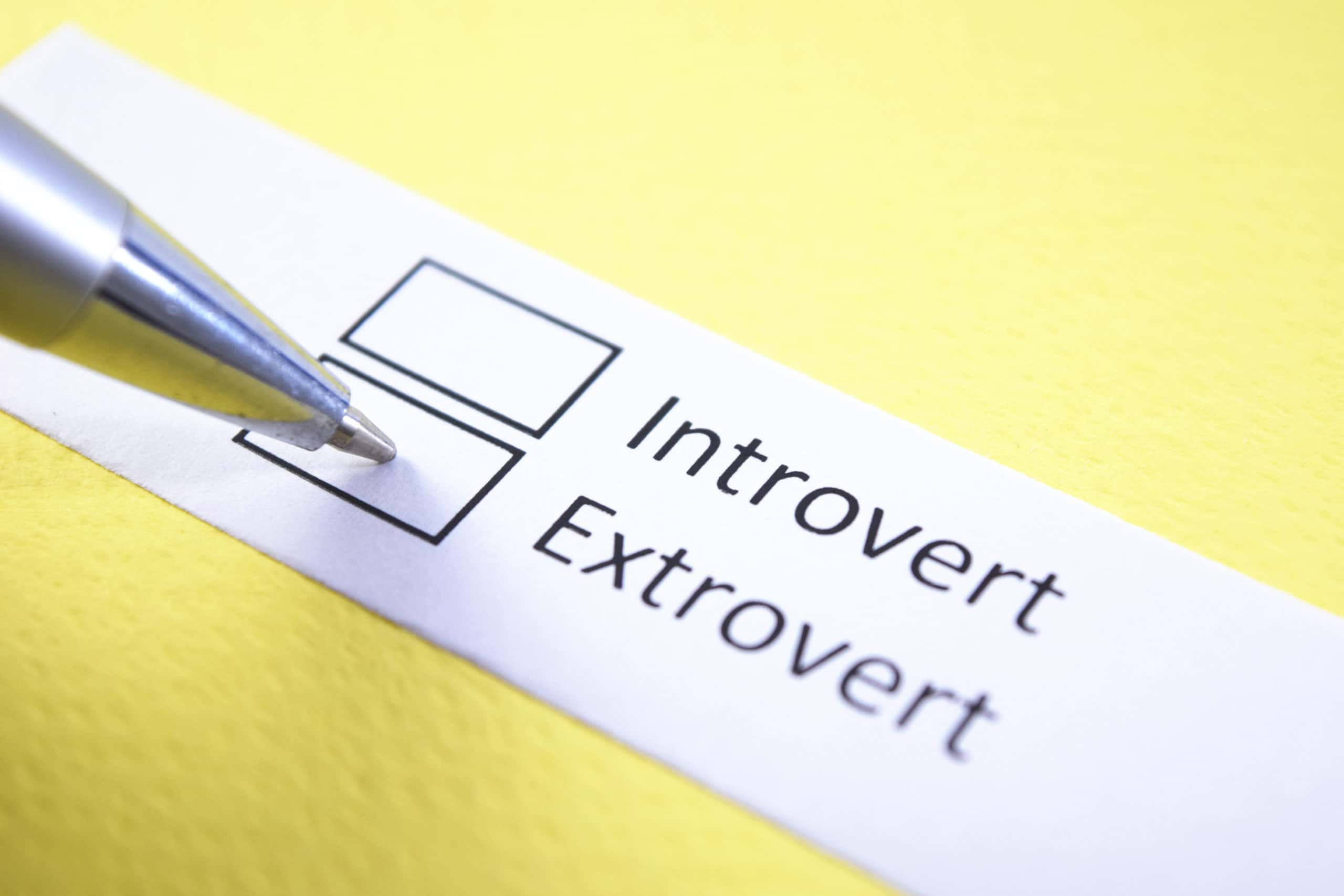Enneagrams. Astrology. Jungian archetypes. Big Five Theory. The Myers-Briggs Type Indicator. Humans can be an incredibly self-centered species, and the proliferation of methods for categorizing personality types are proof of this. We say we believe in self-determination and individualism—but we also love to fall back on the idea that there’s a guiding principle determining what “type” of person we are, and that no matter how hard we try, we’re unlikely to deviate from said type.
Of all these ways of organizing personality types, the Myers-Briggs Type Indicator (MBTI), in particular, has had an interesting path. Initially conceived of by a mother-daughter team in the early 20th century, it’s basically the most popular “personality” test today, and is used everywhere from businesses to universities to the military—and things got more than a little weird along the way. So, how did it get there?
The Beginning
In a way, it’s funny that Carl Jung and Katharine Cook Briggs were born the same year, in 1875. They entered a world that didn’t quite have a handle on what to do with psychology just yet. For centuries, it had been within the purview of philosophy, but in the 19th century, it began to be regarded as part of science.
As far as unofficial archetypes go, Katharine Cook Briggs seems to have been a plucky early-feminist type. Her family believed in the importance of education for women as well as men. Both parents had attended university, and her father homeschooled her. Katharine married after finishing college and gave birth to daughter Isabel Briggs Myers.
The birth of her daughter sent Katharine down a path that would shape the rest of her life.
Mamma Brigs
Many modern parents will be familiar with names like Dr. Spock or buzzwords like attachment theory. Briggs was a very hands-on parent and took to many different theories of child-rearing when Isabel was little, even going so far as to homeschool the girl. During this period, she created a vocation test for children and published treatises on child-rearing. This didn’t stop when Isabel left home to go to Swarthmore College, where she met her future husband Clarence Myers.
The differing yet complementary personalities of her daughter and future son-in-law fascinated Briggs, who had already become interested in personality types. Noting the absence of a definitive classification of personality types, she began to formulate her own. In one early version, she identified the types as meditative, spontaneous, executive, and sociable.
While it all seems like a very analytical and scientific approach, it may actually have been borne of her desire to write fiction—she thought that understanding the psyche could help her craft more well-rounded characters.

Sign up to our newsletter.
History’s most fascinating stories and darkest secrets, delivered to your inbox daily. Making distraction rewarding since 2017.
Seismic Shift
In 1923, everything Briggs had learned so far was turned on its head with the publication of Carl Jung’s Psychological Types. The book immediately fascinated her, and she shared the work with her daughter Isabel. The way that Jung broke things down would be a huge influence on Briggs. He divided people by the way they perceive the world (sensation or intuition) and the way they make judgments (thinking or feeling).
On top of that, Jung also divided people into introverts and extroverts. Sound familiar? The Myers-Briggs types break down in similar ways. However, there is one major difference between the two. While Jung published his work in a book, Briggs and Briggs Myers actually formulated a test to determine the subject’s personality type.
Mother-Daughter Team Up
While both mother and daughter found Jung’s work interesting, it failed to truly capture Isabel's attention until she realized that she could use the theory to help test subjects find their vocation. However, Briggs was on board with Jung from the very start—perhaps too on board. Once she had figured out what her own personality type was, according to Jung, she tried to break free of it and become more “liberated”…by writing bawdy stories about Jung.
Once both mother and daughter agreed with the idea that understanding different types could benefit people, they began to figure out what exactly those types would be, using Jung’s theory as a stepping off point—and they spent the next 20 years performing “type watching” and refining their theory. Once they came up with their types, they worked on identifying characters common to each type—for example, ENTJs are competitive, while INTPs may have a quick wit. Breaking it down like this made these seemingly abstract strings of letters more accessible to users.
The Test
While Briggs had been the brains behind the creation of the Myers-Briggs Type Indicator, it was Briggs Myers who took her mother’s ideas and transformed them into a tangible output—the test itself. Once they had their types and the test down, they began to perform the test on a larger scale. They found some purpose for it during WWII, when many women were entering the workforce for the first time. Their first large-scale test was on a group of 5,500 students at George Washington Medical School.
While it took many years for Briggs and Briggs Myers to create the test, it also took many years for it to reach a body of users who found a purpose for it. One of the first large institutions to see its potential uses was the Educational Testing Service. From there it gained ground, but it also saw many modifications and refinements over the years. It also faced a lot of criticism, with its validity and lack of objectivity/evidence called into question.
A Legacy
Today, it’s estimated that the Myers-Briggs Type Indicator test is administered two million times every year. It gets adapted into Buzzfeed-style personality quizzes online and employed by overpriced consultants in high-level corporate training sessions. This multitude of uses is at the very least, proof of one thing: That people have trouble understanding each other.
Different formats of personality typing, including Myers-Briggs, help us put an ordering system on a chaotic and unpredictable subject—humans. This desire to impose order is what drove Briggs and Briggs Myers to spend decades intently studying personality types, and for better or for worse, accurate or inaccurate, their system has become the world’s most popular tool for personality assessment.















